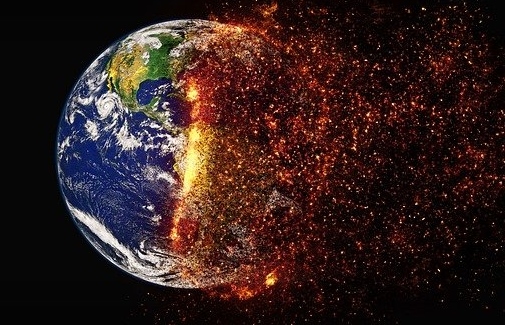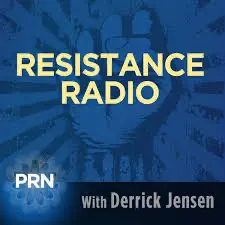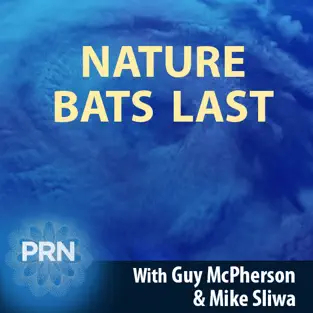Two degrees. The maxim synonymous with climate change for nearly fifty years. "Gotta keep temperatures within 2o of baseline!" OK. What's baseline? "Pre-industrial levels." OK. What is the date for "pre-industrial"? "1990." "1901." "1880." "1750." "2000." "Late-1970s."
"I'm afraid I can't put it more clearly,' Alice replied very politely, 'for I can't understand it myself to begin with...."
― Lewis Carroll, Through the Looking Glass
“When I use a word,’ Humpty Dumpty said in rather a scornful tone, ‘it means just what I choose it to mean — neither more nor less.’
’The question is,’ said Alice, ‘whether you can make words mean so many different things.’
’The question is,’ said Humpty Dumpty, ‘which is to be master — that’s all.”
― ibid
"Perhaps surprisingly, the idea that temperature could be used to guide society’s response to climate change was first proposed by an economist," wrote the Carbon Brief Staff in a 2014 article, "Two degrees: The history of climate change's speed limit". "In the 1970s, Yale professor William Nordhaus alluded to the danger of passing a threshold...'If there were global temperatures more than 2°C or 3°C above the current average temperature, this would take the climate outside of the range of observations which have been made over the last several hundred thousand years'..." Then, after a 1990 Stockholm Institute's Report, "the idea of a two degrees limit started to appear in more mainstream political settings...." But, "It stopped short of defining the level at which climate change became 'dangerous'."
Ted Nordhaus in 2018, the year his uncle won the 2018 Nobel Prize for "integrating climate change into long-run macroeconomic analysis," wrote in a Foreign Affairs piece entitled "The Two-Degree Delusion":
He didn’t arrive at that conclusion through any sort of elaborate climate modeling or cost-benefit analysis. Rather, he considered the very limited evidence of long-term climate variance available at that time and concluded that a two-degree increase would take global temperatures outside the range experienced by human societies for the previous several thousand years and probably much longer. The standard was, by his own admission, arbitrary....
Forty years after it was first proposed, the two-degree target continues to maintain a talismanic hold over global efforts to address climate change....[I]t is worth considering the consequences of continuing to pursue a goal that is no longer obtainable.... Sustaining the fiction that the two-degree target remains viable risks leaving the world ill prepared to mitigate or manage the consequences."
Economists see economic growth as directly related to carbon emissions, which are linked to greenhouse gases, which cause temperature increases. The causative economic model is never questioned, but usually considered a way out of its own dilemma. Ted Nordhaus, again:
A natural disaster of the same magnitude will generally bring dramatically greater suffering in a poor country than in a rich one. For this reason, poor nations will bear the brunt of climate impacts. But by the same token, the faster those nations develop, the more resilient they will be to climate change.
It is questionable whether poorer nations will bear the brunt due to lack of development or due to development's twin, colonialization / destruction of self-reliance; but, that is not within the scope of this article. The point is that economists see capital-carbon-centigrade link only and have kept global policies focused there. A new paper by Dr. Guy McPherson, et al, "Environmental thresholds for mass-extinction events" states:
While the global-average temperatures are rapidly rising, more researchers have been shifting their focus towards the past mass-extinction events in order to show the relations between temperature increase and temperature thresholds which might trigger extinction of species. These temperature and mass-extinction relation graphs are found practical by conservationists and policy makers to determine temperature threshold values to set climate targets. Unfortunately, this approach might be dangerous, because mass-extinction events (MEEs) are related to many environmental parameters and temperature is only one of them. [emphasis added]
Thus, "Two Degrees" is meme, not a meaningful marker. We need to get real about how the climate has already irrevocably changed, how much more it can be expected to change, and how long species - including ours - can survive within those changes. Mass extinction is where we need to focus. McPherson's paper evaluates the environmental thresholds necessary for a habitable planet. Rather important stuff. The paper is available below and the original published here.
Recorded Discussion with Co-Authors of Peer-Reviewed Article
{vembed Y=I5gtfFG5TOc}
![]() Please help keep us afloat. Donate here
Please help keep us afloat. Donate here




